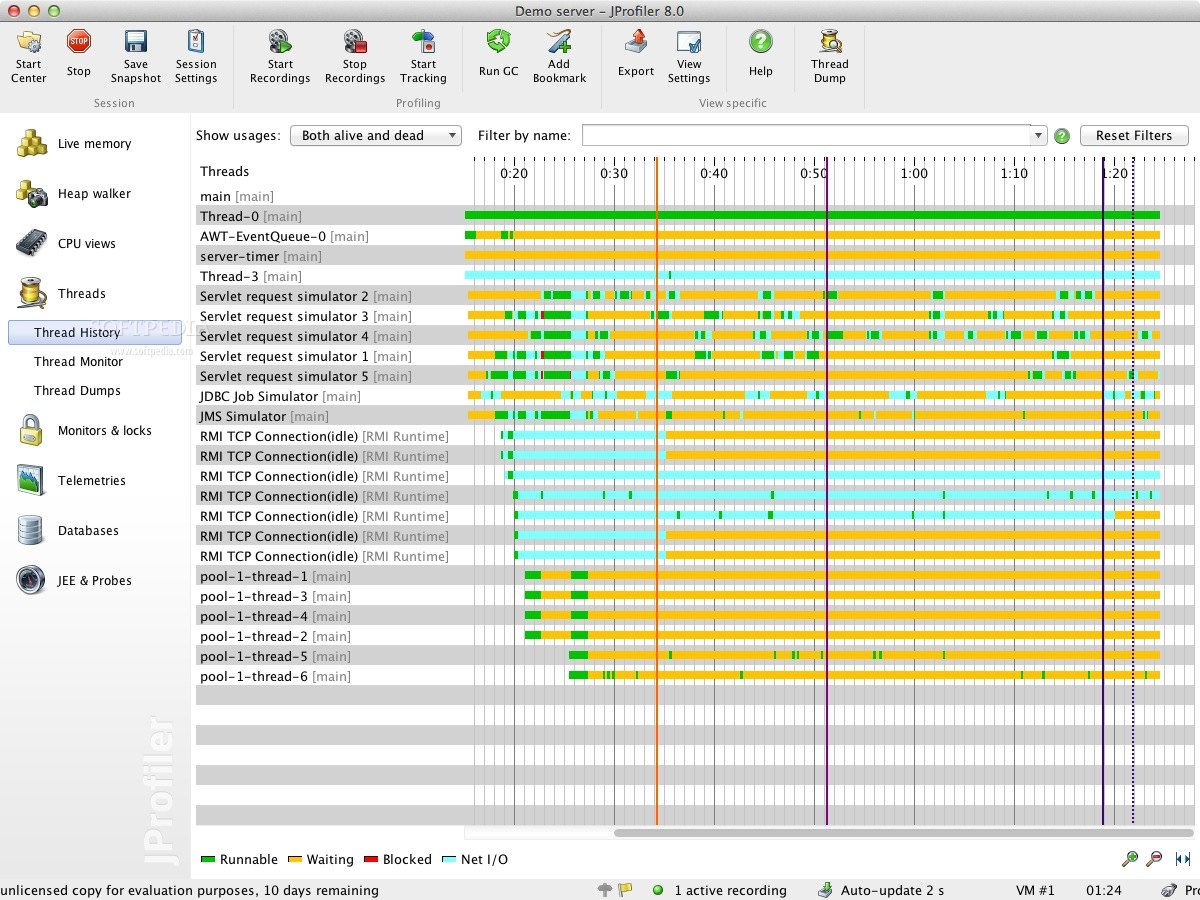
For finding the memory leaks in Java, we have some efficient ways, and those are: Using Memory Profiler Find Memory Leaks in Javaįinding memory leaks can be challenging because there is no absolute way to find memory leaks.

Custom data structures that are poorly written.Excessive page switching in the operating system.Insertion into Collection objects without deleting.The following are some of the most common causes of memory leaks. The Java garbage collection process cannot release the memory used by these objects because of the unintended object references. Causes of Memory Leaks in JavaĪ Java memory leak often occurs when an application accidentally holds on to object references that are no longer needed. The garbage collector is intelligent but not perfect.Įven apps created by a conscientious developer are susceptible to memory leaks. The garbage collector may resolve the bulk of memory leak problems since it implicitly handles memory allocation and releasing.Īlthough the garbage collector successfully manages a large chunk of memory, it cannot provide a failsafe defense against memory leaks. One of its main advantages is the automatic memory management provided by Java’s built-in Garbage Collector.

If this problem is not resolved, the program will ultimately run out of resources and crash with a fatal. Memory leaks are problematic because they clog memory resources and slow down system performance over time.

Unused items taking up extra memory space is known as a memory leak.
FINDING A MEMORY LEAK WITH JPROFILER HOW TO
This article will teach us how to find a Java Memory Leak.


 0 kommentar(er)
0 kommentar(er)
